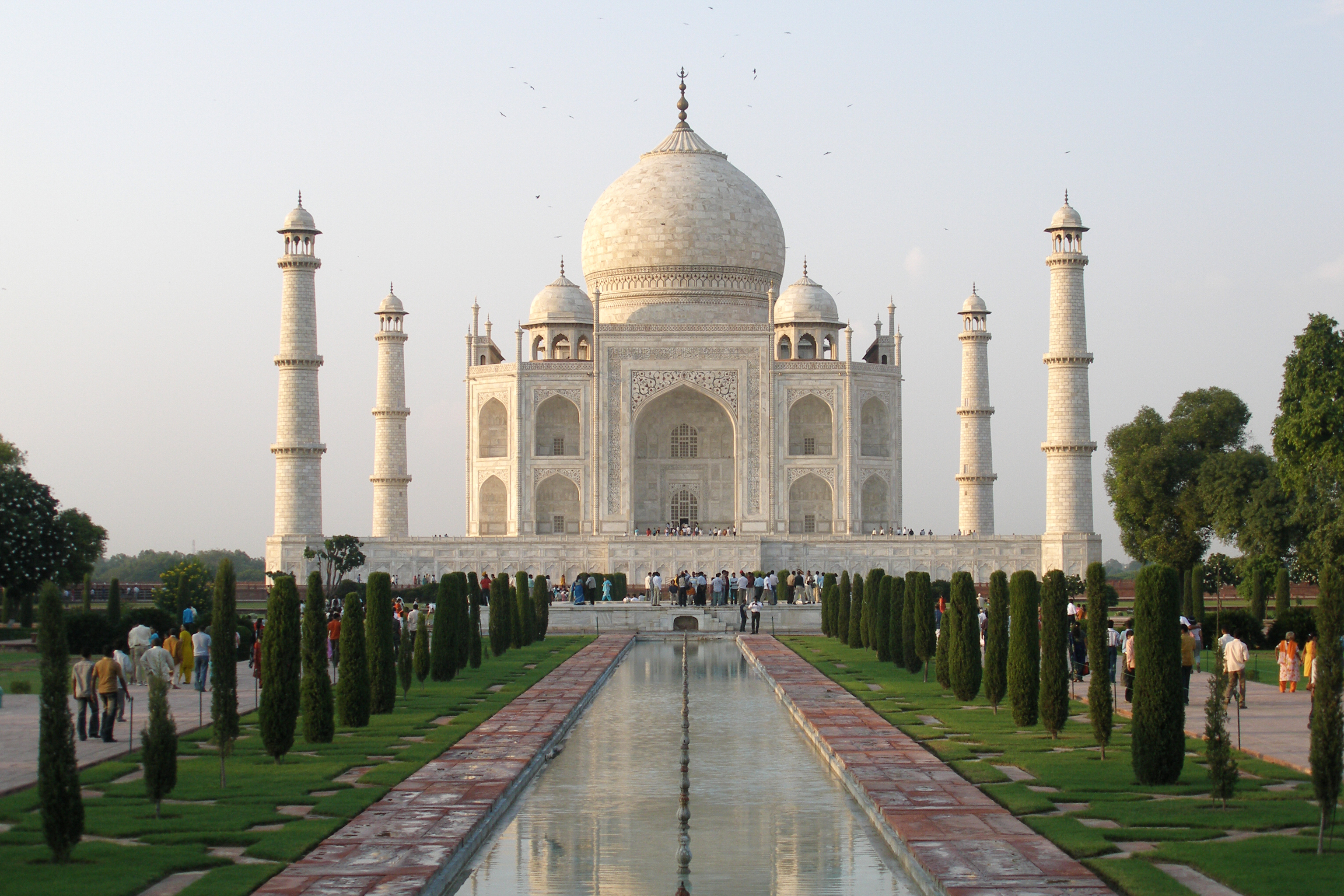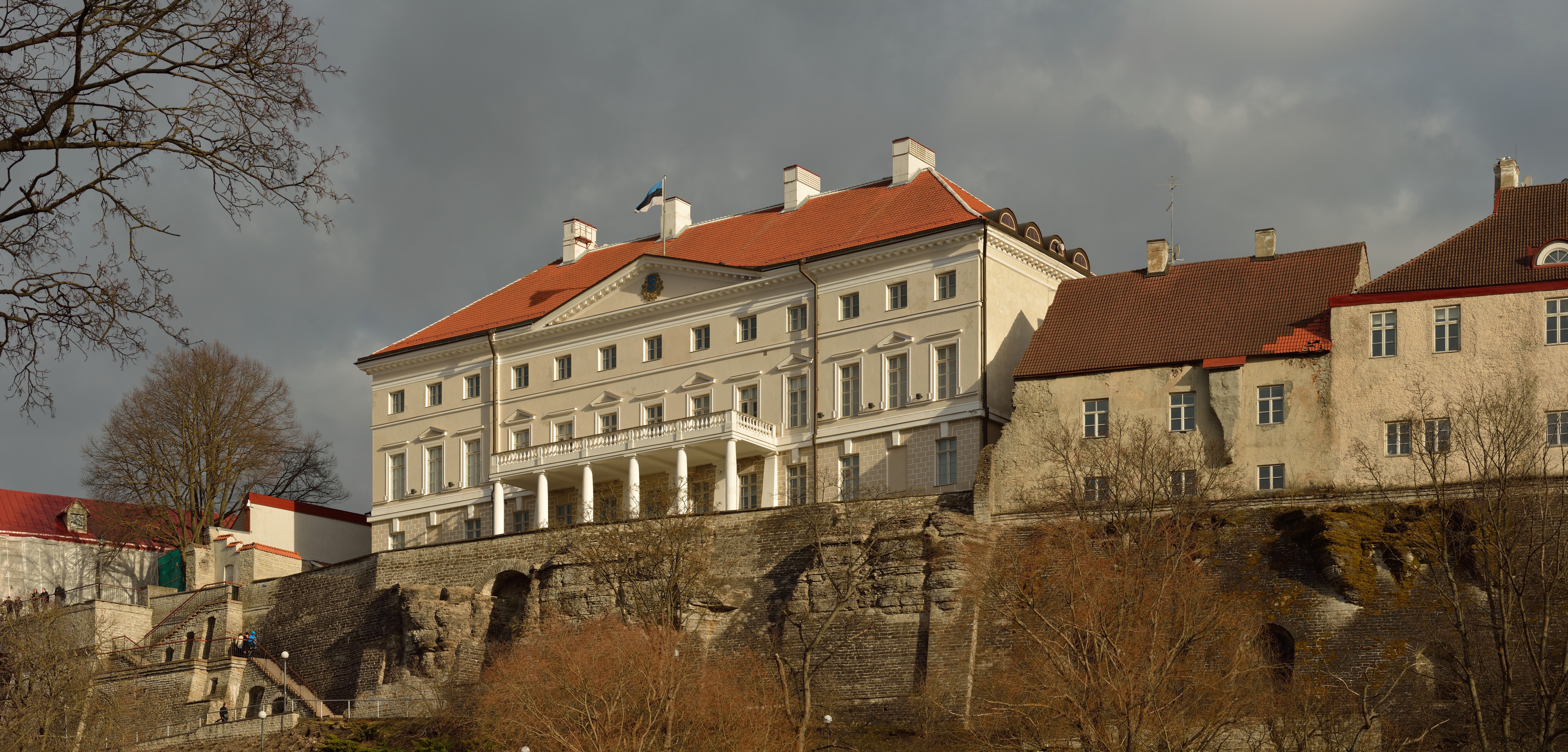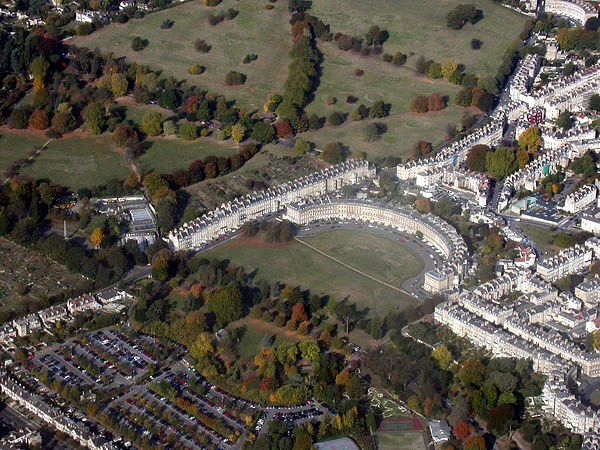|
1728 In Architecture
The year 1728 in architecture involved some significant events. Events * October 20–23 – Copenhagen Fire of 1728. Buildings and structures Buildings * Catedral de Nuestra Señora de la Expectación in San Luis Potosí, Mexico, is completed. * Seaton Delaval Hall in Northumberland, designed by Sir John Vanbrugh (died 1726), is completed. * White Lodge, Richmond Park, near London, designed by Roger Morris, is completed as Stone Lodge. * St John's, Smith Square in London, designed by Thomas Archer, is completed for the Commission for Building Fifty New Churches. Publications * James Gibbs' ''A Book of Architecture, containing designs of buildings and ornaments'' is published in London, including a version of the Gibbs surround. Awards * Grand Prix de Rome, architecture: Antoine-Victor Desmarais. Births * February 12 – Étienne-Louis Boullée (died 1799) * February 25 – John Wood, the Younger (died 1782) * July 3 – Robert Adam (died 1792) * Richard Jupp (d ... [...More Info...] [...Related Items...] OR: [Wikipedia] [Google] [Baidu] |
Copenhagen Fire Of 1728
The Copenhagen Fire of 1728 was the largest fire in the history of Copenhagen, Denmark. It began on the evening of 20 October 1728 and continued to burn until the morning of 23 October. It destroyed approximately 28% of the city (measured by counting the number of destroyed lots from the cadastre) and left 20% of the population homeless. The reconstruction lasted until 1737. No less than 47% of the section of the city, which dates back to the Middle Ages, was completely lost, and along with the Copenhagen Fire of 1795, it is the main reason that few traces of medieval Copenhagen can be found in the modern city. Although the number of dead and wounded was relatively low compared to the extent of the fire, the cultural losses were huge. In addition to several private book collections, 35,000 texts including a large number of unique works were lost with the University of Copenhagen library, and at the observatory on top of Rundetårn, instruments and records made by Tycho Brahe and ... [...More Info...] [...Related Items...] OR: [Wikipedia] [Google] [Baidu] |
Grand Prix De Rome
The Prix de Rome () or Grand Prix de Rome was a French scholarship for arts students, initially for painters and sculptors, that was established in 1663 during the reign of Louis XIV of France. Winners were awarded a bursary that allowed them to stay in Rome for three to five years at the expense of the state. The prize was extended to architecture in 1720, music in 1803 and engraving in 1804. The prestigious award was abolished in 1968 by André Malraux, then Minister of Culture, following the May 68 riots that called for cultural change. History The Prix de Rome was initially created for painters and sculptors in 1663 in France, during the reign of Louis XIV. It was an annual bursary for promising artists having proved their talents by completing a very difficult elimination contest. To succeed, a student had to create a sketch on an assigned topic while isolated in a closed booth with no reference material to draw on. The prize, organised by the Académie Royale de Peinture ... [...More Info...] [...Related Items...] OR: [Wikipedia] [Google] [Baidu] |
1728 Works
Seventeen or 17 may refer to: * 17 (number), the natural number following 16 and preceding 18 * one of the years 17 BC, AD 17, 1917, 2017 Literature Magazines * ''Seventeen'' (American magazine), an American magazine * ''Seventeen'' (Japanese magazine), a Japanese magazine Novels * ''Seventeen'' (Tarkington novel), a 1916 novel by Booth Tarkington *''Seventeen'' (''Sebuntiin''), a 1961 novel by Kenzaburō Ōe * ''Seventeen'' (Serafin novel), a 2004 novel by Shan Serafin Stage and screen Film * ''Seventeen'' (1916 film), an American silent comedy film *''Number Seventeen'', a 1932 film directed by Alfred Hitchcock * ''Seventeen'' (1940 film), an American comedy film *''Eric Soya's '17''' (Danish: ''Sytten''), a 1965 Danish comedy film * ''Seventeen'' (1985 film), a documentary film * ''17 Again'' (film), a 2009 film whose working title was ''17'' * ''Seventeen'' (2019 film), a Spanish drama film Television * ''Seventeen'' (TV drama), a 1994 UK dramatic short starring Christie ... [...More Info...] [...Related Items...] OR: [Wikipedia] [Google] [Baidu] |
1642 In Architecture
__TOC__ Buildings and structures Buildings * The Taj Mahal in Agra, India, is under construction, probably by Ustad Ahmad Lahori, to a commission by Shah Jahan. The mosque and ''jawab'' in the complex are completed in 1643. * 1640 ** Børsen in Copenhagen, designed by Lorentz and Hans van Steenwinckel the Younger and begun in 1619, is completed. ** 59–60 Lincoln's Inn Fields, London (later known as Lindsey House), probably designed by Inigo Jones and begun about 1638, is completed. '': volume 3: St Giles-in-the-Fields, pt I: Lincoln's Inn Fields'' (1912), pp. 96–103. Retrieved 2015-03-17. * ... [...More Info...] [...Related Items...] OR: [Wikipedia] [Google] [Baidu] |
Giovanni Barbara
Giovanni Barbara (1642–1728) was a Maltese architect and military engineer. He was born in the town of Lija. He was ''Capomastro delle Opere della Religione'', the principal architect of the Order of St. John, from 1681 until Francesco Zerafa became his assistant in 1714 and eventually succeeded him. Biography In 1685 it was decided to build a new parish church for Lija. The town's parish priest, Don Anton Camillieri, invited Barbara and Lorenzo Gafà to prepare designs for the church, and Barbara's design was chosen. The church would be completed during the 18th century. He designed a skew arch at Sa Maison in Floriana, which was a marvel of construction and became known as the ''arco Barbara''. This was built as part of the Floriana Lines fortifications, and it was completed in 1726. Several other buildings, such as the Church of St. James in Valletta, and Palazzo Vilhena and the Seminary in Mdina Mdina ( mt, L-Imdina ; phn, 𐤌𐤋𐤈, Maleṭ; grc, Μελίττη ... [...More Info...] [...Related Items...] OR: [Wikipedia] [Google] [Baidu] |
1654 In Architecture
__TOC__ Buildings and structures Buildings * 1650 ** The Marian column in Prague is erected (destroyed 1918). ** Talar Ashraf palace in Isfahan, Persia, is built. ** ''(approximate date)'' The Khaju Bridge in Isfahan is built. * 1651 ** Collegiate Church of Saint Magdalena and Saint Stanisław in Poznań (Poland) is started (completed c.1701). ** ''Karamon'' of Ueno Tōshō-gū shrine in Tokyo is built. * 1652 – Church of the Resurrection, Kostroma. * 1653 ** The Taj Mahal mausoleum at Agra in India (begun in 1630 and probably designed by Ustad Ahmad Lahauri) is completed. ** The Radziwiłł Palace, Vilnius, is completed. * 1654 – Construction of Skokloster Castle in Sweden to the design of Caspar Vogel begins (completed 1676). * 1656 ** The Jama Masjid, Delhi, is completed. ** The colonnade of St. Peter's Basilica in Rome is started by Gian Lorenzo Bernini. * 1658 ** Terraced houses at 52–55 Newington Green in London, perhaps by Thomas Pidcock, are completed. ** St N ... [...More Info...] [...Related Items...] OR: [Wikipedia] [Google] [Baidu] |
Nicodemus Tessin The Younger
Count Nicodemus Tessin the Younger (May 23, 1654 – April 10, 1728) was a Swedish Baroque architect, city planner, and administrator. The son of Nicodemus Tessin the Elder and the father of Carl Gustaf Tessin, Tessin the Younger was the middle generation of the brief Tessin dynasty, which has had a lasting influence on Swedish architecture and history.von Haslingen, pp 14-22. Biography Early life Tessin was born on May 23, 1654, as the only child of Nicodemus Tessin the Elder, son of the mayor of Stralsund, and Maria Svan, daughter of the mayor of Västerås. He showed artistic talents at an early age and was given an education in Mathematics and language at Uppsala, where he must have been influenced by Olaus Rudbeck who was at the time highly engaged in the scientific basis of architecture and botany. In 1673, 19 years old, he accompanied Marchese del Monte, the Emissary of Queen Christina, to Italy and Rome, where the royal protection ensured he would get the best tea ... [...More Info...] [...Related Items...] OR: [Wikipedia] [Google] [Baidu] |
Richard Jupp
Richard Jupp (1728 – 17 April 1799) was an 18th-century English architect, particularly associated with buildings in and around London. He served for many years (c. 1755 – 1799) as surveyor to the British East India Company. Works His work included: * alterations to St Matthias Old Church, Poplar, London (1755) * Manor House, (Old Road, Lee, London (1772) - now a Grade II listed building) – built for a wealthy London West India merchant, Thomas Lucas, president of Guy's Hospital, but bought in 1796 by Sir Francis Baring, founder of Barings Bank, it is now used as a public library and its gardens have become a public park (Manor House Gardens). * Mansion at Painshill Park, near Cobham, Surrey (1774) * Entrance and wings of Guy's Hospital, London (1774–1777) * Wilton Park House, near Beaconsfield (c. 1780) * a folly, Severndroog Castle (built as a memorial to Commodore Sir William James – a former chairman of the East India Company), on Shooter's Hill in south-east L ... [...More Info...] [...Related Items...] OR: [Wikipedia] [Google] [Baidu] |
1792 In Architecture
The year 1792 in architecture involved some significant events. Buildings and structures Buildings * May 16 – La Fenice theatre in Venice, designed by Gianantonio Selva, is inaugurated with an opera performance. * August 22–31 – Columbus Obelisk in Baltimore, Maryland. * October 13 – Work begins on the White House, designed by James Hoban, in Washington, D.C. * Alexander Palace in Tsarskoye Selo, Russia is built. * Church of St John-at-Hackney in London, designed by James Spiller, is built. * Stenbock House in Tallinn, designed by Johann Caspar Mohr, is completed. * The Old State House (Connecticut) in Hartford is probably designed by Charles Bulfinch (his first commission for a public building). * Manjarabad fort in India is built. * Sir John Soane begins work on his house in London, which becomes the Soane Museum. Awards * Grand Prix de Rome, architecture: Pierre-Charles-Joseph Normand. Births * June 15 – Philip Hardwick, English architect (died 1870) * August 20 ... [...More Info...] [...Related Items...] OR: [Wikipedia] [Google] [Baidu] |
Robert Adam
Robert Adam (3 July 17283 March 1792) was a British neoclassical architect, interior designer and furniture designer. He was the son of William Adam (1689–1748), Scotland's foremost architect of the time, and trained under him. With his older brother John, Robert took on the family business, which included lucrative work for the Board of Ordnance, after William's death. In 1754, he left for Rome, spending nearly five years on the continent studying architecture under Charles-Louis Clérisseau and Giovanni Battista Piranesi. On his return to Britain he established a practice in London, where he was joined by his younger brother James. Here he developed the " Adam Style", and his theory of "movement" in architecture, based on his studies of antiquity and became one of the most successful and fashionable architects in the country. Adam held the post of Architect of the King's Works from 1761 to 1769. Robert Adam was a leader of the first phase of the classical revival ... [...More Info...] [...Related Items...] OR: [Wikipedia] [Google] [Baidu] |
1782 In Architecture
The year 1782 in architecture involved some significant events. Buildings * Holy Trinity Church, Warsaw, designed by Szymon Bogumił Zug, is completed. * Havana Cathedral is consecrated. * Hôtel de Mademoiselle de Condé town house in Paris, designed by Alexandre-Théodore Brongniart, is completed (approximate date). * Hôtel de Salm town house in Paris, designed by Pierre Rousseau, is built. * Amphithéâtre Anglais in Paris opened. * Royal Swedish Opera in Stockholm, designed by Carl Fredrik Adelcrantz, is opened. * Frankfurter National-Theater in Frankfurt in Hesse, designed by Johann Andreas Hardt Lieb, is opened. * Nottingham General Hospital in England, designed by John Simpson, is opened to patients. * Kurfürstlicher Pavillon at Schönbusch (Aschaffenburg) in Bavaria, designed by Emanuel Herigoyen, is completed. * Lohn Estate house in the Swiss canton of Bern is designed by Carl Ahasver von Sinner. * Oxenfoord Castle in Scotland is rebuilt to designs by Robert Adam ... [...More Info...] [...Related Items...] OR: [Wikipedia] [Google] [Baidu] |
John Wood, The Younger
John Wood, the Younger (25 February 1728 – 18 June 1782) was an English architect, working principally in the city of Bath, Somerset. He was the son of the architect John Wood, the Elder. His designs were highly influential during the 18th century and the Royal Crescent is considered to be one of the best examples of Georgian Neo-Classical architecture in Britain. Biography John Wood was born in 1728, the year his father moved to Bath, and was baptised in Bath Abbey. He was trained by his father and as a young man worked on several of his father's projects such as Liverpool Town Hall. In either 1752 or early 1753 he married Elizabeth Brock. They had two sons together and at least eight daughters. Wood died at Eagle House, Batheaston (his home in later years) on 16 June 1781 and was buried beside his father in the chancel at St Mary's Church, Swainswick. He was deeply in debt, partly due to financial conditions relating to his father's earlier building speculation ... [...More Info...] [...Related Items...] OR: [Wikipedia] [Google] [Baidu] |



.jpeg/1200px-Taj_Mahal_(Edited).jpeg)



.jpg)

.jpg)
